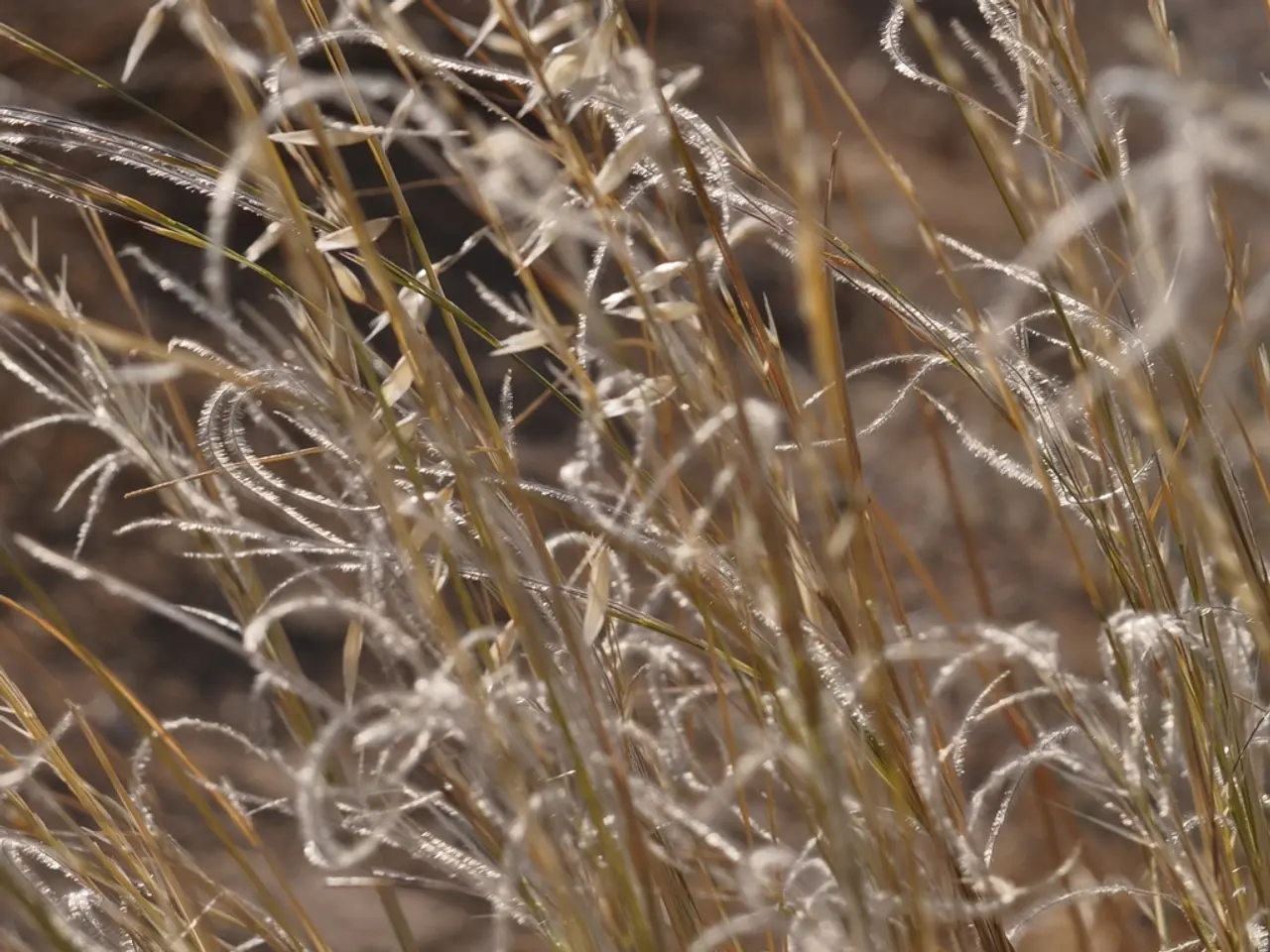Experts recommend the optimal moment for aerating a lawn, and the potential harm caused by premature scarification.
Scarifying Your Lawn: A Comprehensive Guide
Scarifying your lawn is an essential lawn care task that helps keep grass healthy throughout the year. This process involves removing thatch and moss from the lawn, allowing water, air, and nutrients to penetrate the soil and promote healthy grass growth.
When to Scarify
The optimal times for scarifying a lawn are in the Spring and Autumn, when grass is actively growing and can recover fastest from the process. Light scarification during summer with good growing conditions can also be beneficial but is less ideal.
Cheryl Harper, a gardening expert, recommends scarifying a lawn during periods of active grass growth to ensure quick recovery, typically in early spring (March and April) or early autumn (September and October).
Conditions to Avoid
It is crucial to avoid scarifying under certain conditions to prevent further damage to your lawn. Extreme heat or heat waves should be avoided as scarifying during such stress can further damage the lawn. Similarly, scarifying during dormant or very dry grass conditions can hinder recovery.
Peter Chaloner, the Managing Director of Cobra, a leading brand of garden machinery in the UK, advises against scarifying when the soil is overly saturated or waterlogged to prevent root damage and rot.
Preparation
It is best to mow the lawn before scarifying to ensure maximum benefit and reduce damage. Jane Dobbs, another gardening expert, suggests letting the ground dry before scarifying. She also advises checking the weather as it's better to scarify when there isn't any rain forecast for a day or two after.
After Scarifying
After scarifying, the lawn may look untidy temporarily but will recover strongly under proper care. Scarification typically takes several weeks to a couple of months for the new grass to become strong enough to withstand the process.
Scarifying in spring helps the grass recover from the intensity of the winter months and prepares it for the year ahead. Intensive scarifying should be conducted in autumn, between September and October.
In summary, scarifying your lawn is a necessary lawn care task that should be done in the Spring and Autumn, avoiding extreme heat, drought, and waterlogged soil. Preparation includes mowing the lawn before scarifying and letting the ground dry. Proper care after scarifying will ensure a strong and healthy lawn.
- After scarifying, the newly growing grass may appear untidy for a while but will recover, given the right care.
- Scarification in spring helps the grass recover from the winter's intensity and prepare for the oncoming year.
- Intensive scarifying should be performed in autumn, specifically between September and October.
- Jane Dobbs, a gardening expert, advises cutting the grass before scarifying for maximum benefits and less damage, and recommends waiting for the ground to dry and checking the weather to avoid scarifying in rainy conditions.





